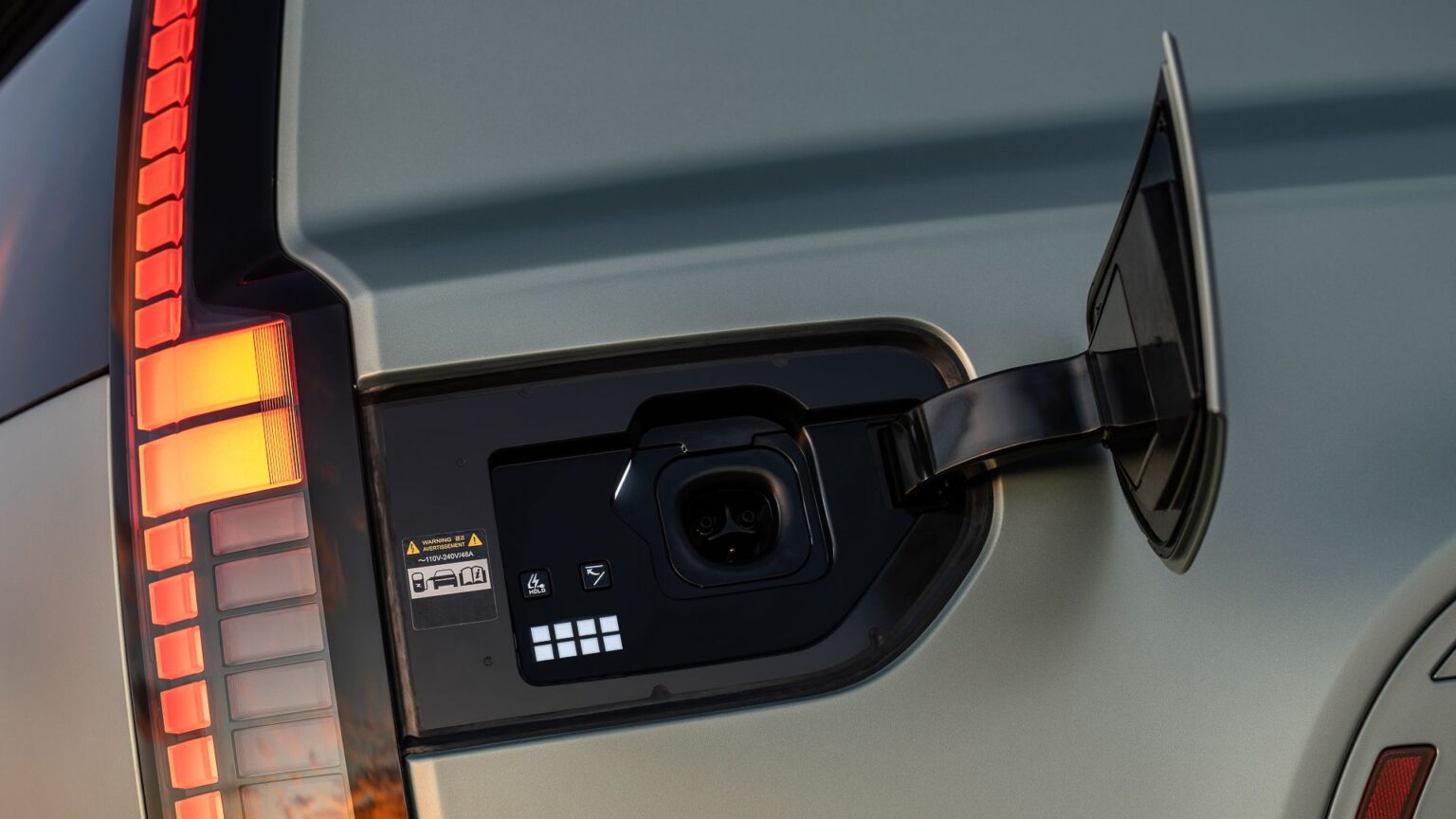Do you have an EV, and are thinking of getting a third-party adapter to charge your CCS-equipped car at a Tesla Supercharger, or vice versa? If you’ve sipped around, you’ll no doubt have noticed a big price discrepancy among the products on the marketplace. You may have also noticed that automakers generally want you to use an adapter they have approved … and that those are pretty expensive.
It may be tempting, then, to go the cheaper route. But if you wonder what the actual difference is between the more expensive, approved adapters and those budget ones you can find on Amazon, the Auto Buyers Guide YouTube channel has a video for you. It suggests you should probably go with the real deal, for safety’s sake.
What’s The Difference?
In the video, the host, Alex, takes apart one of the automaker-approved adapters (made by Lectron), as well as one from the bargain bin. Functionally, they’re mostly the same. There are pins (that have to criss-cross each other within the adapter), a switch on the latch (to tell the charger to stop providing power when someone tries to remove the plug), as well as a circuit board with control pilot and proximity pilot connectors that allow the car and charger to communicate. The big safety feature is the thermostatic switches that shut down charging if they detect too much heat. Nobody likes an EV fire.
The Placement Of Safety Switches Is A Big Deal
Both chargers have those safety switches inside, with the same settings to open up at 85 degrees Celsius (185 degrees Fahrenheit), but placement matters. The pins are most likely to heat up, as that’s what the power flows through and where it would experience resistance. In the Lectron adapter, there’s a switch housed tightly between the pins, shielded by plastic. In the third-party adapter, the switches are just kind of floating around in the adapter housing, and not in the same close proximity to the pins. They’re probably going to take longer to sense the high temperatures that cue them to stop the power, and that might be too late.
One other difference is in the coating on the pins. The Lectron pins are coated in silver, as confirmed by Alex using an electron microscope. The cheaper one is coated in tin, which is less conductive. Another difference is in the automakers’ policy towards the adapters. Many automakers state that the vehicle won’t be covered under warranty if something goes wrong while using an unapproved adapter.
As Alex points out in his video, the adapters he disassembled didn’t have any logic in the circuit boards that would convey that information to the car or charger, so it’s unlikely an automaker would know what adapter you used. Still, there’s a reason they approve certain adapters, and it’s for your safety.
Read the full article here


